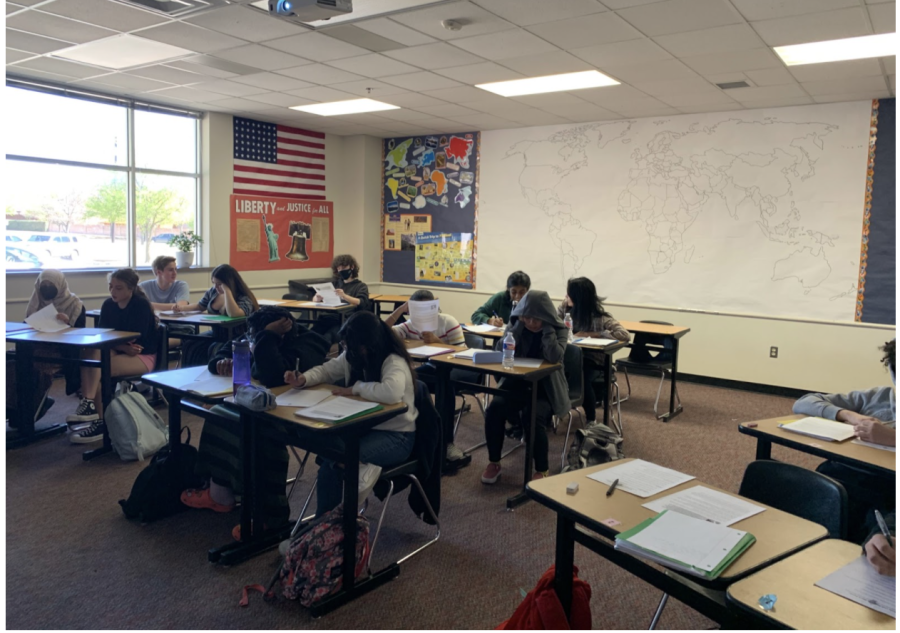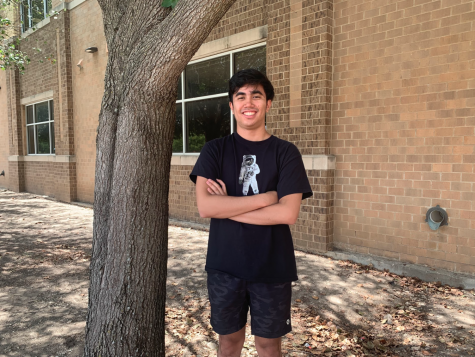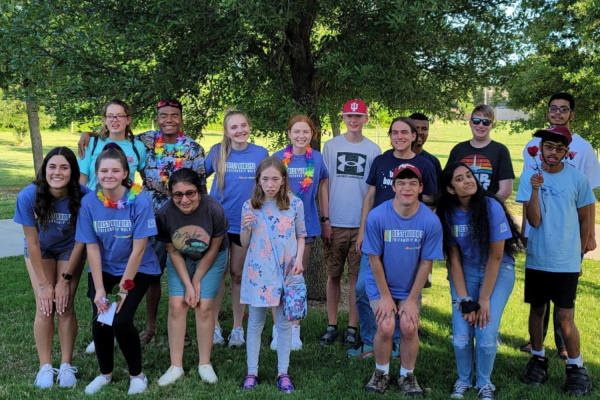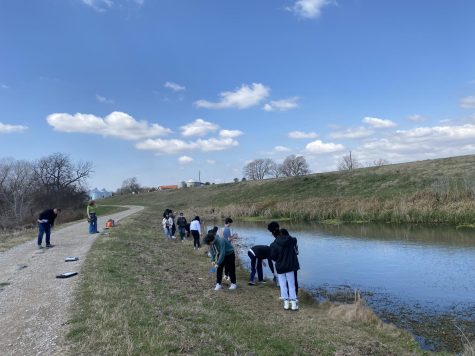U.S. History explores the Civil Rights Movement
AP U.S. History students have the opportunity to learn about immigration through a migration research project. Students have creative freedom in how they present their project over one of various different ethnic groups to the United States.
April 21, 2022
Exploring the Civil Rights Movement and its prominent activists like Martin Luther King Jr. and Stokely Carmichael is what’s next for the U.S. History students as they learn how these activists and other leaders shaped the movement and the impact on today’s society.
“I don’t think it’s given as much emphasis as it really ought to, there are so many controversies to analyze and how different branches with different ideologies grew, more radical and militant ways of achieving their equality,” teacher Michael Kouznetsov said. “Unfortunately I’m limited to what the curriculum says, but I hope students learn how different America treated its people in the past and the changes governments have gone through.”
From the Montgomery Bus Boycott to the Selma March and Bloody Sunday, students are learning about the magnitude of this movement and the brutality African Americans faced to earn their equality.
“This unit has shown us the true hatred Americans in the past had towards people of color and has taught us the moments that shaped some American policies,” junior Darel Consuegra said. “I believe that this movement has structured the ideals and values about race that people have today.”
For junior Tejas Narang, the goal of learning about the Civil Rights Movement is to show how America can treat all citizens equally, and to make sure this does not happen to anyone else in the future.
“The saying, so history doesn’t repeat itself, resonates a lot with this unit specifically because of how horribly people of color were treated, it’s important we understand how to avoid the terrible treatment for the future,” Narang said. “We’ve learned about different ways that state governments have used to restrict people of color and although the government has put in policies to stop this, we still have to be aware of ways people can get around these policies.”













